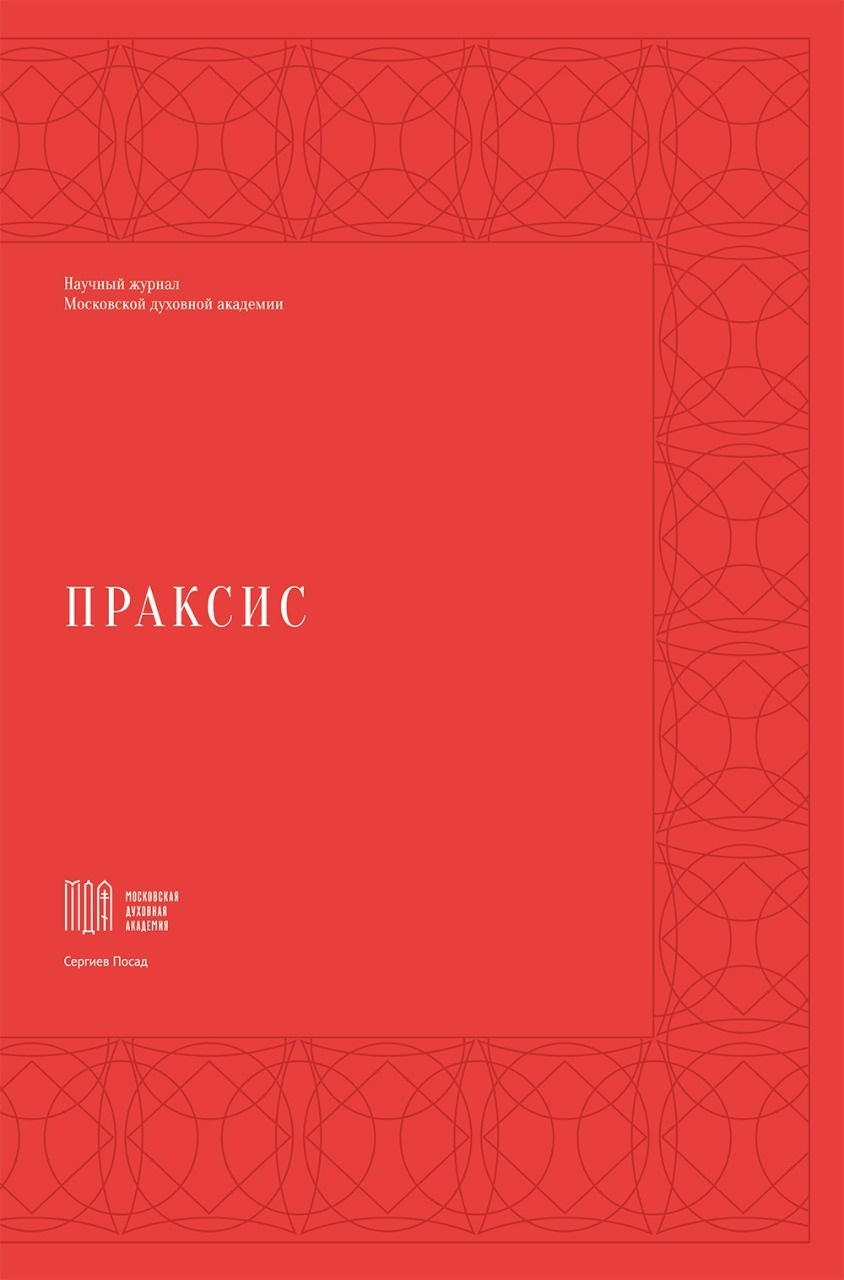Abortion in the Practice of the European Court of Human Rights in the Context of the Concept of Somatic Human Rights and the Right to Freedom of Religion
DOI:
https://doi.org/10.31802/PRAXIS.2020.4.2.006Keywords:
international law, human rights, freedom of religion, Christianity, abortion, somatic rights, reproductive rights, conscientious abjection to carry out an abortionAbstract
The case-law of the European Court of Human Rights contains a range of decisions touching upon the problem of abortions. The latest of such decisions, as of October 2020, were issued in March 2020 (Grimmark v. Sweden and Steen v. Sweden). Although there is no right to abortion in the European Convention on Human Rights, the abortion cases are being taken by the Court, inter alia, in context of the right to life (usually that of the pregnant woman, but not of the unborn child), right to respect for private life (usually that of the pregnant woman, but not, e. g. of the father of the unborn child), freedom of religion (usually that of a health care worker refusing to carry out an abortion and generally being left without the protection of the Court), etc. It is notable that, when deciding the abortion cases, the Court de facto employs the concept of the so called somatic human rights and tends recently not to trouble itself with seeking the real balance between the different human rights that become intertwined in connection with abortion. The theory of somatic rights as of fourth generation human rights emanates from the world outlook accepting rights of a person to disposal of one’s body supported by the rapid development of biomedicine, bioengineering and industrial production, but being in contradiction with the Orthodox faith. The present article reveals the basic provisions related to the so called somatic rights, especially reproductive rights, notes their incongruity with the Christian attitude towards a human life and body, brings three examples of the European Court’s of Human Rights cases connected with abortions, that witness a tendency to accept ‘a right to abortion’ generally and, in particular, as a more prioritized one than the protection of the freedom of religion, if the matter concerns the conscientious abjection to carry out an abortion on the part of the health care worker. The article was prepared with the financial support of the Russian Foundation for Basic Research within the framework of research project No. 18-011-00292.
Downloads
References
Источники
Application no. 43726/17 Ellinor Grimmark against Sweden. [Электронный ресурс]. URL: https://hudoc.echr.coe.int/eng#{%22itemid%22:[%22001-201915%22]} (дата обращения: 23.10.2020).
Case of A, B and C v. Ireland (Application no. 25579/05). [Электронный ресурс]. URL: https:// hudoc.echr.coe.int/eng#{%22itemid%22:[%22001-102332%22]} (дата обращения: 23.10.2020).
Американская конвенция о правах человека от 22 ноября 1969 г. [Электронный ресурс]. URL: https://online.zakon.kz/Document/?docJd=39605365#pos=3;-106 (дата обращения: 23.10.2020).
Всеобщая декларация о биоэтике и правах человека от 19 октября 2005 г. [Электронный ресурс]. URL: https://un.org/ru/documents/ded_conv/declarations/human_genome. shtml (дата обращения: 23.10.2020).
Всеобщая декларация о геноме человека и правах человека от 11 ноября 1997 г. [Электронный ресурс]. URL: https://un.org/ru/documents/decl_conv/declarations/human_ genome.shtml (дата обращения: 23.10.2020).
Гражданский кодекс РФ от 30 ноября 1994 года № 51-ФЗ. [Электронный ресурс]. URL: https://base.garant.ru/10164072 (дата обращения: 23.10.2020).
Замечание общего порядка № 22 (2016) о праве на сексуальное и репродуктивное здоровье (статья 12 Международного пакта об экономических, социальных и культурных правах). 2 мая 2016 г., E/C.12/GC/22. [Электронный ресурс]. URL: https://undocs. org/pdf?symbol=ru/E/C.12/GC/22 (дата обращения: 23.10.2020).
Международная декларация о генетических данных человека от 16 октября 2003 г. [Электронный ресурс]. URL: https://un.org/ru/documents/decl_conv/declarations/genome_ dec.shtm (дата обращения: 23.10.2020).
Литература
Абашидзе А. Х., Солнцев А. М. Новое поколение прав человека: соматические права чело-
века // Московский журнал международного права. 2009. № 1 (73). С. 69-82.
АнанскихИ. А., Чернова О. Ю. Соматические права в системе прав человека // Юридическая наука: история и современность. 2013. № 12. С. 11-17.
Защита традиционных ценностей и международное право: монография / ред. Н. С. Семенова, Е. В. Киселева. М.: Покров ПРО, 2017.
Иоанн Златоуст, свт. Толкование на 1 Кор. 6, 19-20. [Электронный ресурс]. URL: http:// bible.optina.ru/new:1kor:06:19 (дата обращения: 16.11.2020).
Крусс В. И. Личностные («соматические») права человека в конституционном и философско-правовом измерении: к постановке проблемы // Государство и право. 2000. № 10. С. 43-50.
Крусс В. И. Соматические права человека в соотношении православной антропологии С. Л. Франка и философии экологического кризиса В. Хесле // Медицина, этика, религия и право: материалы конференции. М.: Международный университет, 2000. С. 171-189.
Лаврик М. А. К теории соматических прав человека // Сибирский юридический вестник. 2005. № 3. С. 16-26.
Набоков В. Д. Элементарный учебник русского уголовного права. Вып. 1. СПб.: Сенатская тип., 1903.
Нестерова Е. М. Понятие и юридико-социальная сущность соматических прав человека // Социально-экономические явления и процессы. 2011. № 7 (029). С. 222-226.
Перечень поручений по итогам расширенного заседания президиума Государственного совета. [Электронный ресурс]. URL: http://kremlin.ru/acts/assignments/orders/64273 (дата обращения: 16.11.2020).
Пионтковский А. А. Курс советского уголовного права. Особенная часть. Т. 1. М.: Госюриздат, 1955.
Поцелуев Е. Л., Данилова Е. С. Понятие и виды личностных (соматических) прав человека // Наука. Общество. Государство. 2015. Т. 3. № 1. С. 124-133.
Романовский Г. Б. Понятие и содержание репродуктивных прав в России и странах СНГ // Реформы и право. 2010. № 4. С. 3-18.
Рудый Н. К., Михайличенко С. И., Аушев М. З. Историко-правовой аспект конституционного права на жизнь и правовой статус эмбриона человека // История государства и права. 2010. № 11. С. 9-12.
Смирнов А. М. К вопросу о выделении соматических прав в самостоятельную группу прав человека. [Электронный ресурс]. URL: https://gyrnal.ru/statyi/ru/743 (дата обращения: 23.10.2020).
Хазова О. А. Репродуктивные права в России: пределы законодательного регулирования // Конституционное право: восточноевропейское обозрение. 2000. № 4. С. 15-24.
Хрестоматия по всеобщей истории государства и права / ред. М. С. Батыра. М.: Проспект, 2008.
Chavkin W., SwerdlowL., Fifield J. Regulation of Conscientious Objection to Abortion: An International Comparative Multiple-Case Study // Health and Human Rights Journal. 2017. Vol. 19. № 1. P. 55-68.
Council of Europe: European Court of Human Rights, Guide on Article 8 of the European Convention on Human Rights — Right to Respect for Private and Family Life, 31 December 2016. [Электронный ресурс]. URL: https://refworld.org/docid/5a016ebe4.html (дата обращения: 06.11.2020).
Lee E. Abortion Law and Politics Today. London: Macmillan Press, 1998.
Sweden Abortion: Nurses Fail in European Court Case. [Электронный ресурс]. URL: https:// bbc.com/news/world-europe-51874119 (дата обращения: 23.10.2020).







